
VERTU IRONFLIP: A Perfect Fusion of Intuitive Design and Heroic Colours
VERTU IRONFLIP, a folding screen mobile phone for high-end men, not only has the top technological configuration, but also the
In the post-pandemic era of limited indoor exhibition venues, the historic Japanese community website “Life GUIDE.com” has selected this year’s “Outdoor Art Museum Ranking”. Netizens have focused on selecting outdoor art museums and museums within Japan, bringing a fresh perspective with a more natural feel, in addition to the academic art exhibition selection.
Now let’s take a look at the top 10 “Outdoor Art Museums” of this year and let our eyes take a short trip.

01 Outdoor Museum of Gassho-zukuri Houses – Shirakawa Village, Gifu Prefecture
The first-place winning Open-Air Museum of Gassho-zukuri Houses (野外博物館 合掌造り民家園) is located in Shirakawa Village, Gifu Prefecture. Shirakawa Village has long been famous as a “snow country,” and the iconic thatched-roof houses leave a lasting impression.
The method of constructing this type of house is called “Gassho-zukuri,” which features a thatched roof in the shape of a person’s hands in prayer and is entirely made of wood without using a single nail. Gassho-zukuri was included in the World Cultural Heritage list in the 1990s.
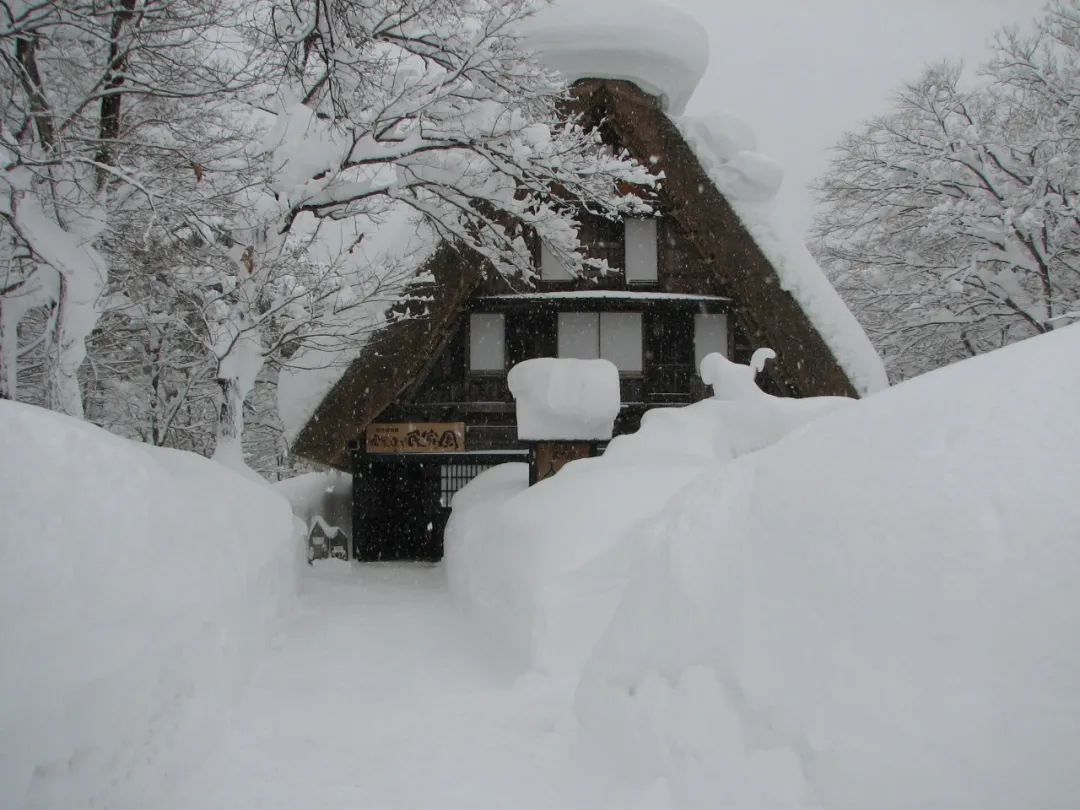
Due to reasons such as relocation and leaving the village, the “Gassho-zukuri” has gradually disappeared from people’s sight over time. In order to preserve this precious world heritage, the locals have relocated and preserved 25 authentic Gassho-zukuri buildings from Shirakawa Village to the outdoor museum of Gassho-zukuri Minkaen, forming a large outdoor museum. This year marks the 50th anniversary of its opening.

Nine buildings are designated as “Gifu Prefecture Important Cultural Properties” and are open to the public for viewing. Two main buildings also allow observation of the interior of the roof. Shrines, temple main halls, water wheels, and more are also located in the outdoor museum of the Gassho-zukuri Minkaen, allowing visitors to experience the life scenes of the past. The entire outdoor museum is like a preserved village from the past, stored in an open-air environment.
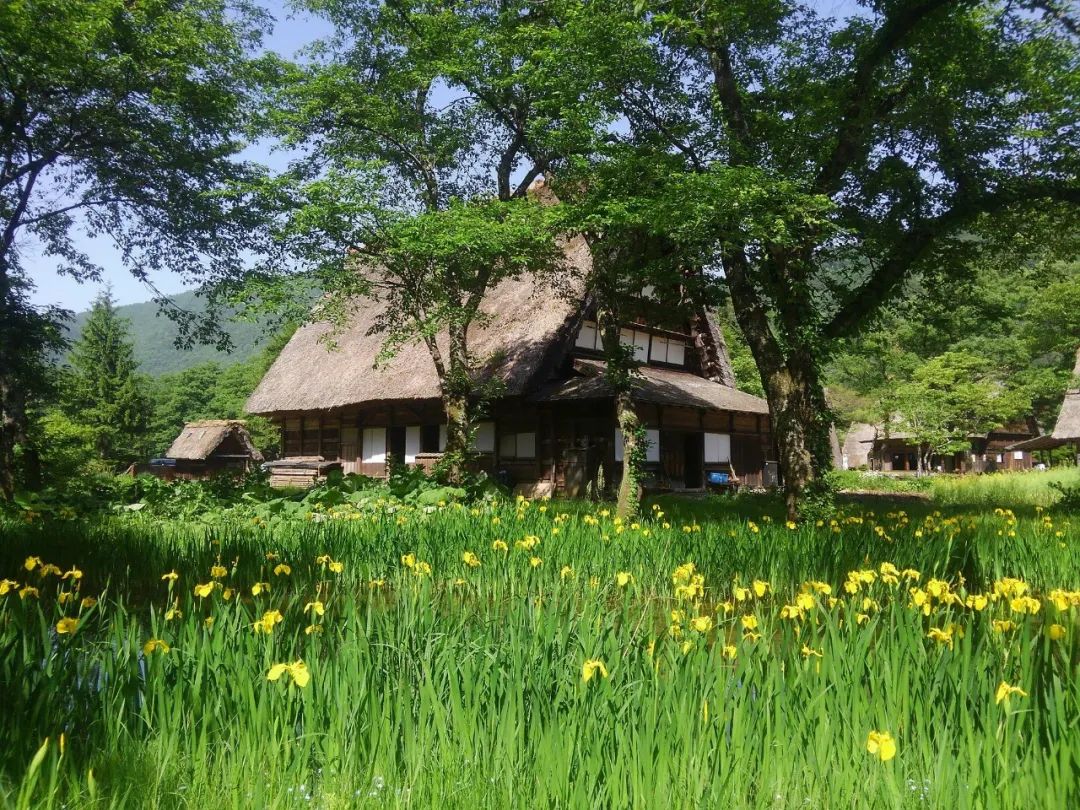
02 The Little World of the Outdoor Folk Museum – Inuyama City, Aichi Prefecture

In the era of the pandemic, going abroad for travel has become difficult. Amidst such voices, the historically rich Little World Outdoor Folk Museum (リトルワールド) has secured the second place on the list. The museum features 32 buildings from 23 countries, with the main exhibition hall displaying approximately 6,000 pieces of ethnic materials collected from around the world.
Some people describe visiting the Ethnic Minorities Museum as a “one-day world tour,” where ethnic costumes, cuisine, and folk activities immerse visitors in a “journey around the world.”
The architecture within the park is a major tourist attraction, with a 2.5-kilometer loop featuring various rare ethnic houses, some of which have been relocated directly.

03 Kirishima Art Forest – Yumoto Town, Kagoshima Prefecture

Tied for third place, the Kirishima Art Forest (霧島アートの森) was established in 2000 and is located at the foot of Mount Kirishima (at an altitude of 700 meters). It includes indoor exhibition halls and a large natural landscape. Outdoor art pieces by 23 artists, represented by Yayoi Kusama, enjoy the seasonal changes of Mount Kirishima in the natural environment.
Artists from home and abroad come to the lawn of the Kirishima Art Forest, where they create works based on the nature, history, and culture they feel in the forest. The artists hope that everyone can revive their childhood memories of adventure while playing there.
The Kirishima Art Museum has a significant collection of art pieces on display indoors as well. Notable works include “Red Shoes (Akai Kutsu)” by Yayoi Kusama, “The Extinct Species (2319-2322)” by Yoko Ono, “Changing Time with Changing Self No.25-W” by Tatsuo Miyajima, and “Untitled” from 1999 by Anish Kapoor.

Some netizens who participated in the “Field Art Museum” ranking vote believe that “this building is like a piece of art.”

04 Edo-Tokyo Open Air Architectural Museum – Kogotai City, Tokyo

The Edo-Tokyo Open Air Architectural Museum (Edo-Tokyo Tachimono En), which was established in 1993, is ranked third alongside the Kirishima Open-Air Museum. It was initially opened as an outdoor branch of the Edo-Tokyo Museum in Tokyo.
The museum has relocated and restored a large number of historical buildings from the early Edo period to the mid-Showa period. It serves as an excellent place for studying architecture from this era and allows visitors to experience the rich atmosphere of the times.
The garden is divided into three areas. The West Area consists of 10 residences for people of different statuses. The central area includes a visitor center, a guest house, and other facilities. The East Area is quite unique, showcasing a variety of establishments such as a bar, soy sauce shop, stationery store, public bathhouse, police station, and flower shop. These facilities, which are still in use today, are the most representative buildings that reflect the changes of the times.
On the official website of Edo-Tokyo Architectural Garden, most of these buildings can be visited in a 360-degree panoramic view. For us who find it difficult to visit the site in person in China, it is also a good online travel experience similar to Google Street View map.

05 Abashiri Prison Museum – Abashiri City, Hokkaido

The fifth place is very special, it is the Abashiri Prison Museum (Hyakkin Abashiri Prison) from Abashiri City, Hokkaido. It was a real prison during the Meiji period and has been preserved, becoming an outdoor historical museum open to the public. The transformation of the prison into a museum has surprised netizens who participated in the voting.
The Abashiri Prison Museum is located within the Abashiri Kōen National Park, adjacent to the Tōyūzan Mountain and Abashiri Lake. The museum covers an area equivalent to 3.5 times the size of the Tokyo Dome stadium.
Inside the Abashiri Prison Museum, the oldest building dates back 120 years. All the wood used in the construction of the building at that time was processed by prisoners by hand. To this day, you can still see the rough marks left by the chisels on the original wooden beams and columns, and time seems to pass very slowly within the museum.
The experience inside the museum is also eye-opening, as it not only restores a small corner of the prison dormitory but also allows visitors to watch the true record film “Red Prisoners in the Forest” about the cruel labor of prisoners. Additionally, there is a “prison meal experience” that satisfies people’s curiosity.
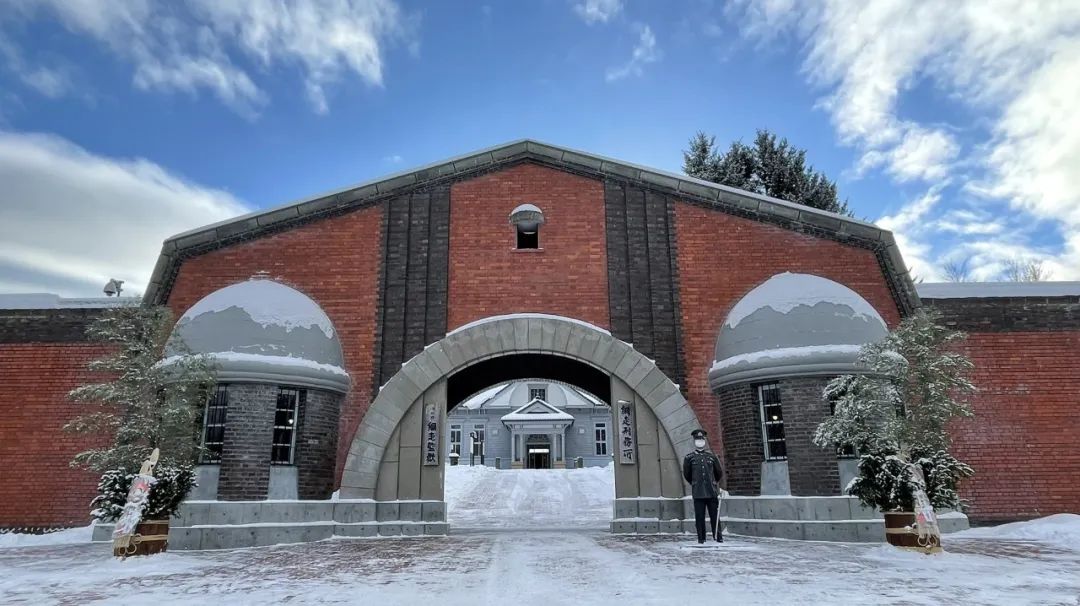
06 Sapporo Art Forest Outdoor Museum – Sapporo City, Hokkaido

The Sapporo Art Forest Outdoor Museum (Sapporo Geijutsu no Mori Gaien Bijutsukan) occupies a vast area of 7.5 hectares and showcases 74 sculptures by 64 artists.
Sapporo experiences distinct seasons, and many of the sculptures were created by artists after visiting the site and experiencing it firsthand, offering different surprises in each season.
In spring, cherry blossoms are in full bloom; in summer, the trees provide a lush shade; and in autumn, one can enjoy the red leaves. The Sapporo Art Forest Outdoor Museum suggests that visitors can have picnics in the park during these three seasons. In winter, the outdoor museum is covered in heavy snow, and the museum reminds visitors that the expressions of the sculptures may also be different from those in summer. In short, all four seasons are good times to visit this place.
07 Fuchu City Museum of Local History and Folklore – Fuchu City, Tokyo Metropolis
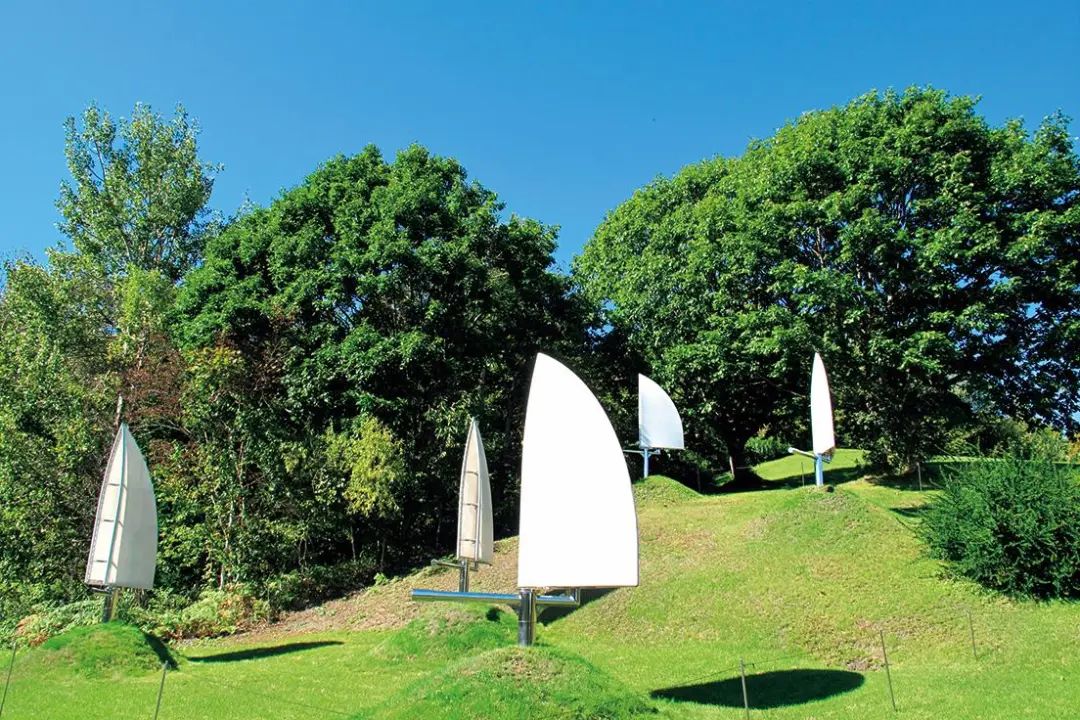
The Fuchu City Museum of Local History and Culture (Fuchu City Kyodo no Mori Hakubutsukan) serves as an information repository, integrating various elements that showcase the history and culture of Fuchu City on a 140,000 square meter site. This includes farmhouses, historical buildings, old elementary schools, and former municipal buildings, as well as an outdoor forest area.

The planetarium in the museum, after its renovation in 2018, introduced projection equipment capable of recreating one hundred million stars, along with the ever-blooming flowers inside the museum throughout the four seasons, becoming two highlights.
08 Tobu World Square – Nikko City, Tochigi Prefecture
Tobu World Square (東武ワールドスクウェア), as the name suggests, has recreated 102 famous buildings from around the world in a 1:25 scale, including 47 World Heritage sites, making it an outdoor museum of world architecture.
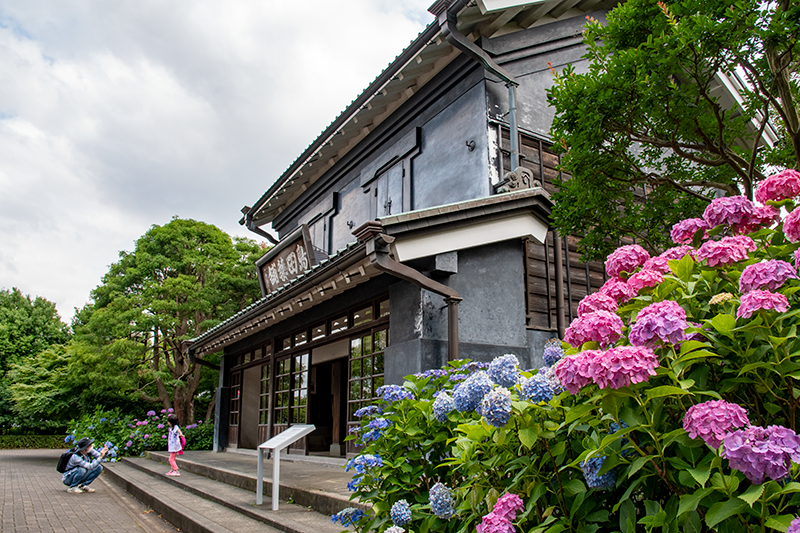
The park consists of 6 zones, including the modern Japanese zone represented by the Skytree and the main building of the Tokyo National Museum, the American zone featuring over a dozen landmarks such as the Statue of Liberty, the Egyptian zone that replicates the pyramids and the Sphinx, the European zone with the most “World Heritage” sites, the Asian zone represented by the Great Wall, and the Japanese zone filled with old-fashioned charm.

The restoration of these architectural models has been authorized by the designers, hence they possess a texture that closely resembles the actual buildings. Toy figurines, 7 centimeters in height, are placed around the buildings for comparison, and they are also repaired or replaced every 1-3 years.
09 “UPOPOY” – A Symbolic Space for Ethnic Coexistence in Shiraoi Town, Hokkaido
The Ainu Cultural Museum “UPOPOY” (民族共生象徴空間(ウポポイ)), which promotes the culture of the indigenous Ainu people of Japan, opened in 2020 by the shores of Lake Poroto (ポロト湖) and is ranked eighth alongside the Tobu World Square. The name “UPOPOY” means “(singing by many people)” in the Ainu language.
In addition to Lake Poroto, “UPOPOY” also houses the National Ainu Museum, the National Ethnological Park, and memorial facilities.
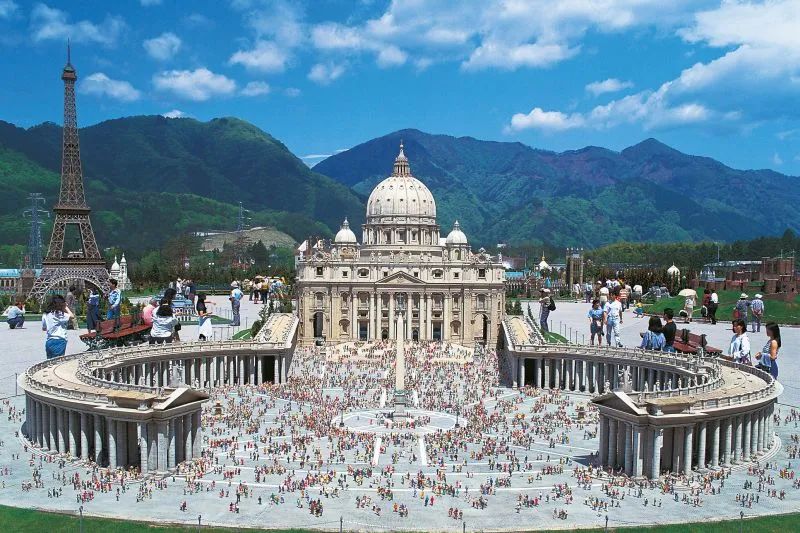
The National Ainu Museum and Park, also known as the National Utari Shrine, is a large-scale outdoor museum that offers an experiential approach to learning about the indigenous Ainu people of Japan. Visitors can explore reconstructed Ainu houses, participate in traditional Ainu craft-making workshops, and enjoy various Ainu art performances in a natural setting. Among these performances, the “Ainu Kotan Dance” (Ainu traditional dance) has been recognized as an intangible cultural heritage.

The more than 40 types of flowers and trees in the garden are also related to ethnic culture. Some are materials used by the Ainu people to make clothing and tools, while others are used for rituals, healing, and other purposes.
10 Hokkaido Development Village – Sapporo, Hokkaido
The 10th place, Hokkaido Pioneering Village (Hokkaido Kaitakuno Mura), has a long history and was officially opened in 1983 as a memorial for the 100th anniversary of Hokkaido’s development.
The village consists of more than 50 historical buildings built between 1868 and the 1920s, and it is an outdoor museum where visitors can deeply experience the life of the old times. It is located within the Nioro Forest Park.

The buildings in the Hokkaido Pioneer Village (Hokkaido Kaitaku no Mura) are also relocated from real buildings, preserving the atmosphere of the past. The entire village is equivalent to the size of 75 football fields, divided into four areas: urban, fishing village, rural, and mountain village, recreating the lives of various groups of people during the Meiji and Taisho eras.
Many of the buildings in the village reflect the characteristics of the combination of Japanese architectural style and Western architectural style during this period, which is also rare among a series of outdoor architectural museums on the list.

The selection of “Field Art Museums” has been held for many years, with 80% of the participating netizens aged between 30 and 50. Among the top ten outdoor art museums and museums, there are also quite a few that have been established for decades.
Even though new amusement parks, art museums, and museums emerge one after another, these well-established outdoor art museums and museums still have a unique appeal.
Several outdoor art museums chose masterpieces of masters with an accurate vision from the very beginning, and people still come to visit them today.
Many outdoor museums mainly focus on rebuilding old buildings, sparing no effort and money to save old buildings that might have been abandoned, and restoring the past. These are the competitive advantages of the old museums, and perhaps after a few more selections, they may still be on the list.